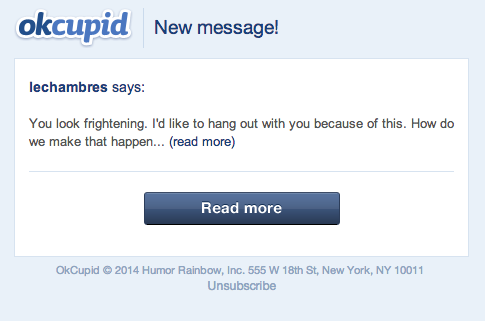Author | Sophie Sotsky
Featured photograph by Marie Tomanova
Sarah A.O. Rosner is a MAXIMALIST. It says so right on her knuckles.
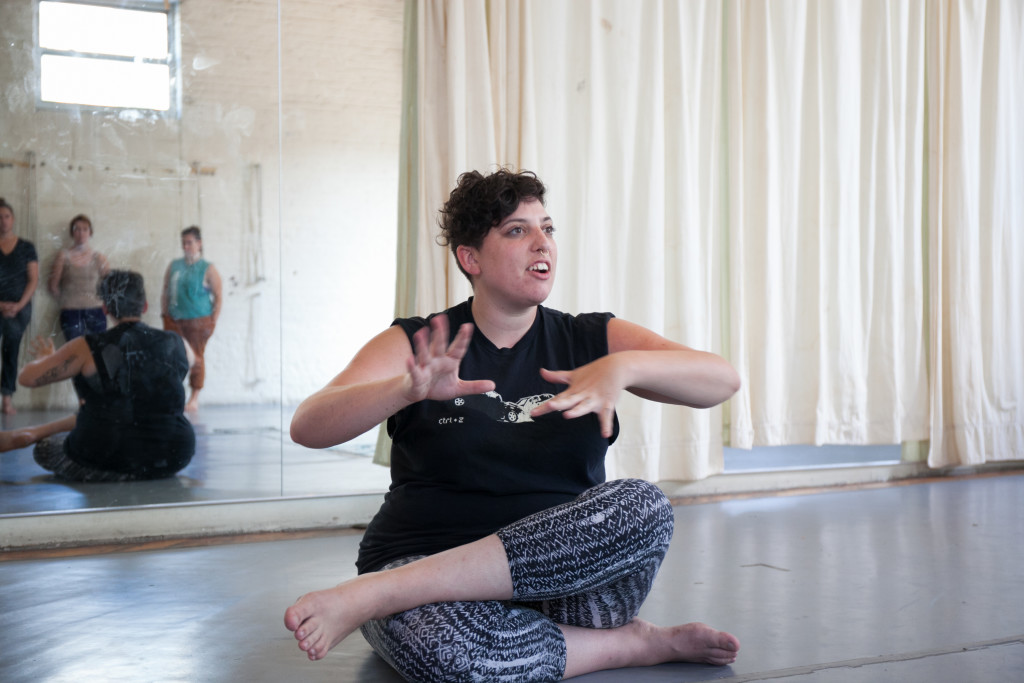
“It is feminist in a way that digresses from how feminist art has historically combatted phallocentrism (—with gynocentrism).” – Sophie Sotsky
And it says so all over her massive, epic, daring, rebellious, sprawling and uncontainable work.
The ETLE project is a queer feminist cyborg time-travel epic. Over the course of three years this multitudinous endeavor will include a dance performance, a video game, a fashion show, a concept album, photography, fiction, essays, and even pornography. ETLE has already accrued forty-two collaborators and fifteen curators, and Rosner is looking to add at least twenty more curators.
“It’s a fucking massive thing.”
The story takes place somewhere in the not too distant future. The world is struck by an epidemic called “The Absence” in which women “fall out of time” and drift into other realities. As pregnant women miscarry when they drift, The Absence soon becomes an extinction threat, and the evil FATH Company mandates the wearing of “Reality Intensification Binders” (R.I.B.s), pace-makers of sorts that contain women in the “present” while also rendering them docile and… singular.
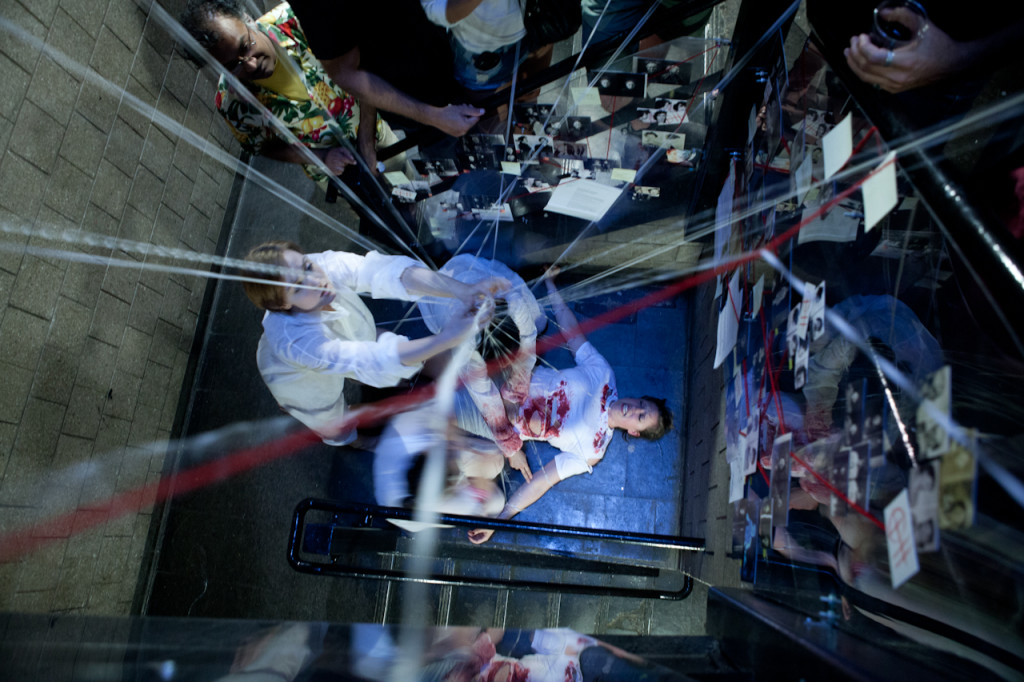
Enter a growing number of pro-absence advocating women: The Rebel THIC. They’re out to “hack the R.I.B.” and fight for multiplicity. Flash forward to the Violent Female Revolution! And enter our heroine, ETLE, a violent time traveling rebel, who, ultimately ends up traveling back to our present time (today) and demanding that we the audience, the performers, the curators and collaborators — by making this work — are the only ones who can save the world!
On The AOMC’s website, numerous links and pieces of information remain “LOCKED” until we the audience, the curators, and the collaborators, together can unlock them by creating these ten works.
Rosner essentially demands that as a community we take action to make this work happen.
The process of making this work is as daring, as laden with feminist imagery, and as thoughtfully and deliberately constructed for audience eyes as the narrative content of the ETLE saga itself.
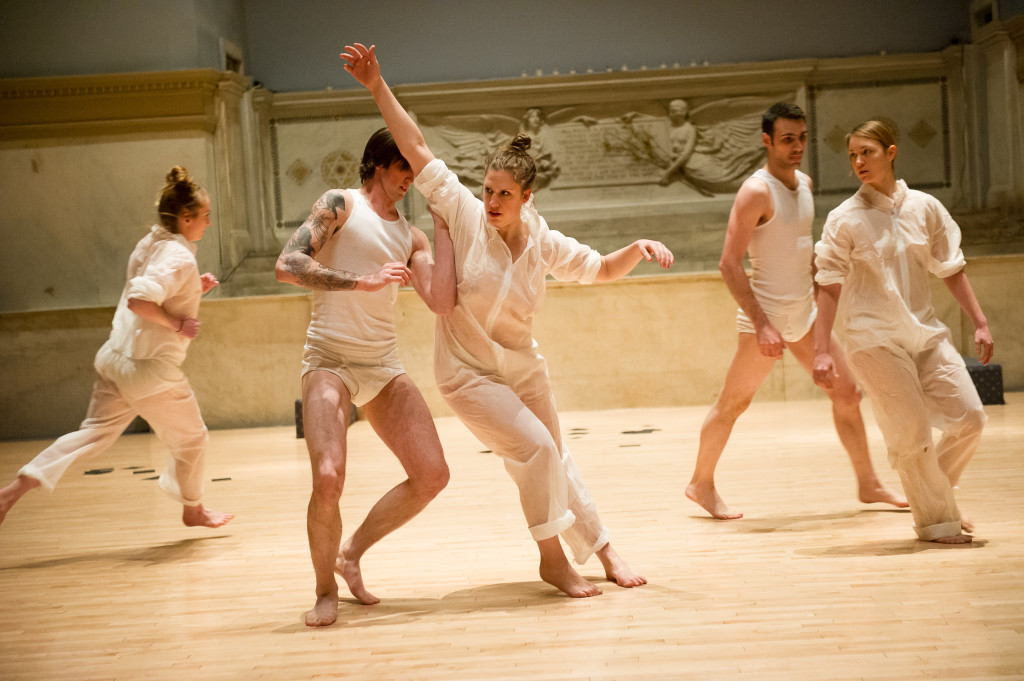
Along with her dance company, The A.O. Movement Collective, Rosner also runs A.O. Pro, a sustainable art business model based around community, bartering, crowd-sourcing and interconnectivity.
“I intend to change the dance ecology within my lifetime,” says Rosner.
If we are to sustain the feminist ideology that fuels this work, we would be wise to consider its maximalism.
Historically in Western philosophical thought, Masculinity and Femininity stand in opposition to one another, and also stand for a number of oppositional pairs. Masculinity is equated with logic and femininity with emotion. Men are the mind and women the body. Eve came from Adam’s rib: Men are theme and women are variation. Men are the norm and women are the cultural other. Masculinity is positive space, and femininity is negative space. In all of these pairs, and indeed through this kind of dualistic thinking, the feminine is devalued. To use binary logic, men are 1 and women are 0. But in Rosner’s world, men are 1 and women are infinity. She subverts the traditional associations, but moreover — she defies the traditionally dualistic thinking.
Much of feminist art historically has focused on cavernous imagery in order to combat the most fundamental presupposition of phallocentric logic: that the monument (read: penis) is superior because it is visible. And indeed the invisible— and the unknowable— are central themes of Rosner’s work. Even the language of this epic portends a feminist aesthetic: The central plot device is a time-traveling epidemic called “The Absence.”
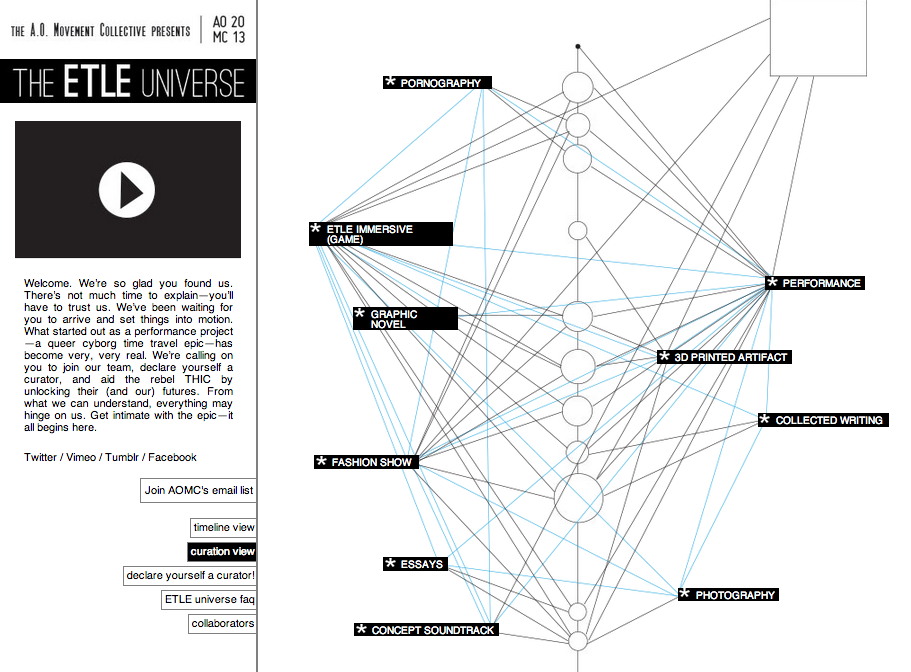
In its dark, mysterious concavity— and in its unknowability, this work is powerfully feminist. And allied with how feminists have historically drawn power from the invisible. But in its multitudinousness, in its vastness, its cacophony, its aggression, and its ambition it is revolutionary. It is feminist in a way that digresses from how feminist art has historically combatted phallocentrism (—with gynocentrism).
The vastness of this work insists that the power of something invisible comes, not from what it is not, but from the infinite possibilities for what it is. I can be everything, this work says.
In the ETLE universe, when women experience the Absence, they are suddenly able to experience multiple realities all at once. It is an experience that is overwhelming, difficult and extraordinary. Only women in this universe can experience this — true multiplicity. For these women, there is no ultimate truth. No one reality is the real one.
This is the ultimate destruction of the monument: subjectivity.
Rosner’s mantra this year, she explains, is: “the core of my feminism is my uncertainty about everything including the fact that I am a feminist.” “It is feminist,” she said, “to lack certainty.”
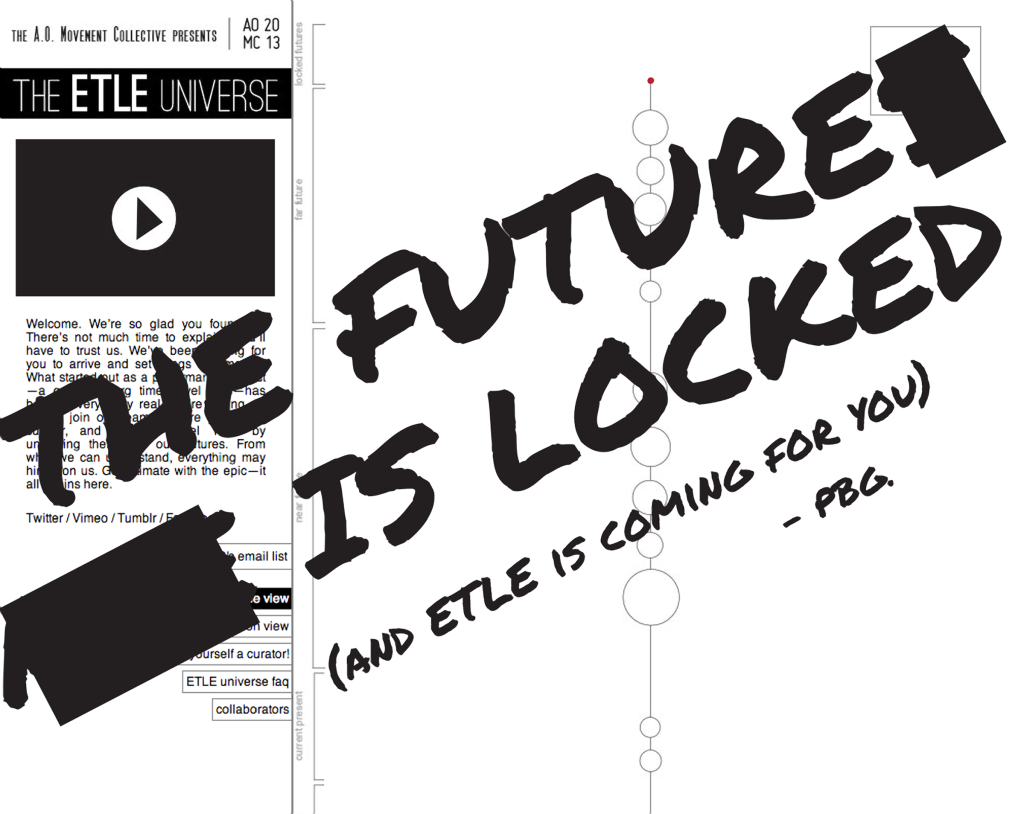
The embracing of a subjective, boundless multiplicity, is, of course, best expressed with a maximalist aesthetic. And in no other genre than science fiction is one better able to reimagine the objectivity of the human body. It is therefore only logical that Rosner should be conquering two of the most steadfastly male genres: The Epic and Science Fiction.
“I’ve always loved epic work,” said Rosner. Ideologically, Rosner regards maximalism in evolutionary terms. “We only grow when we are at capacity, or slightly beyond.”
But moreover, emotionally, maximalism resonates with her. “The epic feels natural to me because I’ve always been told I’m too much… My body size, my emotions, taking up too much space… told that largeness is unattractive.”
But this work is large and deliciously too much.
Rosner and her collaborators are aggressively infiltrating our realities – and indeed creating multiple realities – with the ETLE universe. I was genuinely very startled to receive an email from The FATH Company where the first line read, “Another day, another dead woman wasting our fucking time.” I was delighted, though, when someone named Etle Andersdatter friended me on Facebook.
And I was downright tickled to discover that Rosner and her collaborators are actually interacting with real and completely unknowing individuals in virtual worlds such as OKCupid and Tinder as characters from ETLE.
This colossal galumphing universe is infiltrating ours by leaps and bounds by the day. And I can’t wait to see into what nooks and crannies it worms its powerful tentacles next.
Keep an eye on this project as it develops — or better yet, declare yourself a curator. Sarah Rosner dares you.
You’ve got one more year to get radically intimate with this epic.
Find out more at: etle.theaomc.org. Presale tickets available on www.etle.info
This article was originally published in Issue No. I available on posturemag.bigcartel.com.

